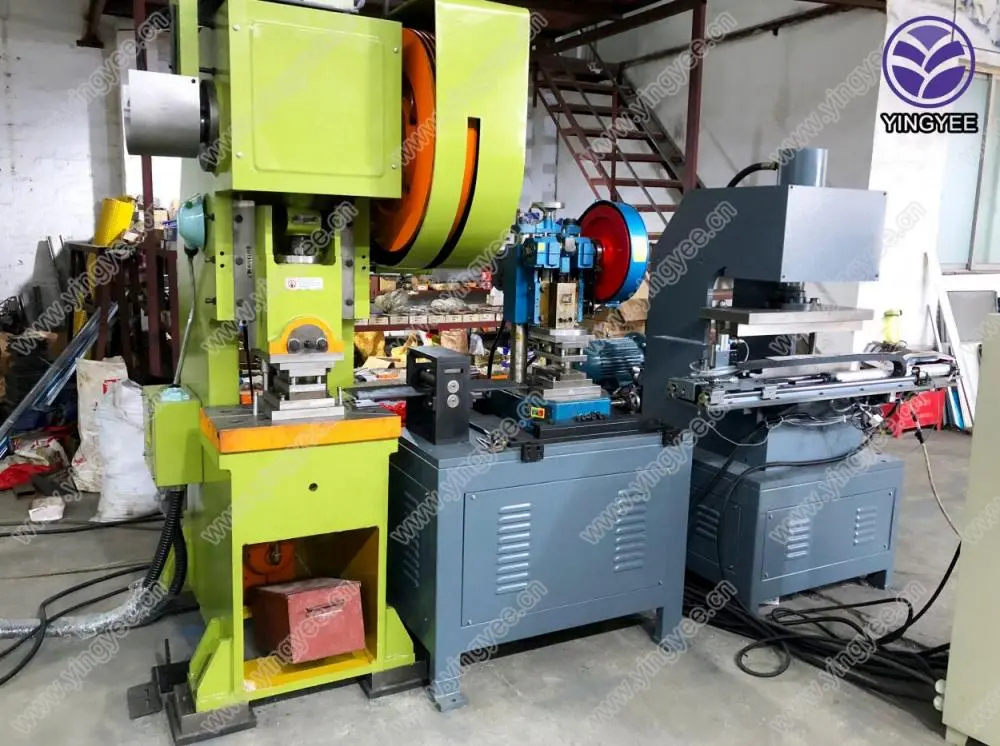
The Evolution and Efficiency of Metal Stud Machines in Construction
In today's rapidly evolving construction industry, the quest for efficiency, precision, and durability remains paramount. One of the breakthrough innovations that have significantly transformed construction practices is the metal stud machine. This machinery has played a crucial role in modern building techniques, especially in the contexts of both residential and commercial construction.
Metal stud framing has gained popularity and has largely replaced traditional wood framing due to its inherent advantages. Made from cold-rolled steel, metal studs provide a lightweight yet sturdy alternative to wood. They are impervious to termites, warping, and rotting, which enhances the longevity and durability of structures. With the increasing demand for sustainable building practices, using metal in construction also aligns with eco-friendly initiatives since steel is recyclable.
Metal stud machines, designed specifically for the fabrication of steel studs and tracks, are engineered to optimize manufacturing processes. These machines boast a series of sophisticated features that increase productivity while maintaining high levels of accuracy. They automate the processes of cutting, punching, and forming metal studs and tracks, which can drastically reduce labor costs and time on site.
One of the core functionalities of metal stud machines is their ability to produce various sizes and shapes of studs to meet specific architectural design requirements. This customization is particularly beneficial in the era of bespoke construction, where unique designs are in high demand. The precision provided by these machines ensures that each stud fits perfectly into its designated place, thereby minimizing waste and maximizing structural integrity.

In addition to customization, the automation of metal stud machines has led to an increase in safety on construction sites
. Traditional methods of crafting metal studs often required manual handling of heavy materials, presenting numerous hazards. With machines capable of processing materials with minimal human intervention, the risk of workplace accidents has decreased significantly. This focus on safety not only protects workers but also contributes to smoother project timelines.Moreover, the efficiency of metal stud machines translates into significant cost savings for construction projects. By reducing the time spent on manual labor and lowering the likelihood of errors, these machines help contractors ensure that projects stay within budget and on schedule. Many metal stud machines also come equipped with advanced software that allows for precise planning and simulation, so potential issues can be identified and addressed before the actual fabrication begins.
As the construction industry continues to embrace innovative technologies, the future of metal stud machines looks promising. The integration of artificial intelligence and machine learning could lead to smarter machines that learn from previous projects and optimize processes dynamically. Additionally, advancements in robotics may further enhance automation, creating machines capable of performing a wider range of tasks with even greater efficiency.
In conclusion, the advent of metal stud machines represents a significant leap forward in the construction industry. Their ability to produce high-quality, customizable products while improving safety and reducing costs has revolutionized how buildings are framed today. As construction practices continue to evolve, these machines will undoubtedly play a pivotal role in shaping the future of the industry, making buildings more resilient, sustainable, and tailored to the needs of modern society. With ongoing innovations, metal stud machines will remain at the forefront of construction technology, driving efficiency and effectiveness in an ever-demanding market.